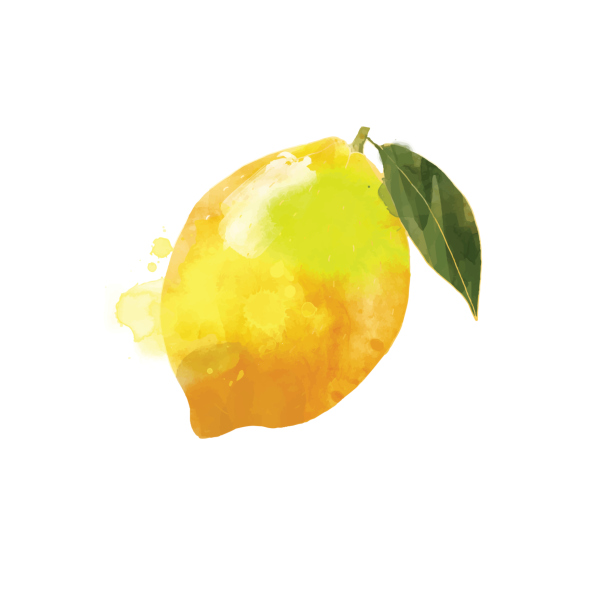Discover Flavour Series Part 3: Sour

By Hans Wieland
When my mum sang ‘Kennst du das land, wo die Zitronen blühn…’ (Do you know the land where the lemon trees bloom), she was dreaming of Italy. The lyrics are actually a poem by Goethe, who had visited Italy. My own literary connections to lemons stem from Chris Stewart, a former drummer in Genesis and travel writer (“Driving over lemons”), who moved to the Alpujara mountains in Andalucia to grow lemons and other organic fruits. To compete with Chris not only behind a drum kit but also as an organic farmer I started growing lemons in our conservatory. We are living in the North West of Ireland after all.
Most ecologically minded people, who grow some vegetables and fruits or at least shop local and organic, face some ethical dilemma when it comes to citrus fruits and air miles. And because I use a lot of lemons in my weekly kefir production and also in salad dressings I am in a big dilemma. So “Grow it yourself” is my challenge!
Can we grow our own citrus fruits? Yes, but with a lesser yield. They not only like a high intensity of light, they want to be caressed by the sun, which is a challenge even in the best of Irish summers. They thrive in temperatures of 20-30° Celsius, are an evergreen and tolerate temperatures down to zero in the winter, when the ripening fruits turn yellow.
I started out a few years ago with a three year old tree given to me as a Christmas present. I planted it into a 30 litre pot and positioned it in the south west corner of our conservatory. During the summer I water regularly and feed with homemade compost and comfrey water every two weeks. After Christmas, I usually harvest 15-25 lemons from this one tree.
Ordinary lemons are picked, sorted according to colour, washed, coated with a fungicide to prevent stem-end rot, coated with a thin layer of wax for preservation and attractiveness and stored until ready for shipping. I pick mine fresh from the tree and enjoy the sensational taste and flavour of this unique fruit.
Lemons are a flavour catalyst. For many of us lemons are synonymous with sour, because besides loads of Vitamin C, the juicy flesh of the fruits contain up to 8% citric acid. After salt and pepper, lemon may be the most commonly used flavouring ingredient in the Wieland’s kitchen, used in everything from baking to meat, fish and vegetable cookery. Lemon is said to be a “flavour catalyst”, meaning that it interacts with the taste buds so that the flavours that follow are more pronounced. One of my Italian friends says: “For 200 years at least the unique, earthy and aromatic taste of sour lemon juice was as essential to an Italian banquet as ketchup is to fast food.”
Tip: The average lemon contains three tablespoons of juice. To get the maximum amount of juice, roll a room-temperature lemon on the counter before cutting it open, applying light pressure with your hand as you roll it. This bursts the tiny juice-filled cells in the lemon’s flesh, allowing more of the juice to be extracted.
In furthering my citrus adventure, the latest acquisition for my exotic, conservatory fruit collection has been two Kumquat trees. The sweet and sour sensation while eating the whole fruit is unforgettable.
Hans Wieland has been working and teaching at The Organic Centre, Leitrim, Ireland since 1997. theorganiccentre.ie
This is taken from our autumn 2015 issue. Subscribe to have the next four issues delivered.


